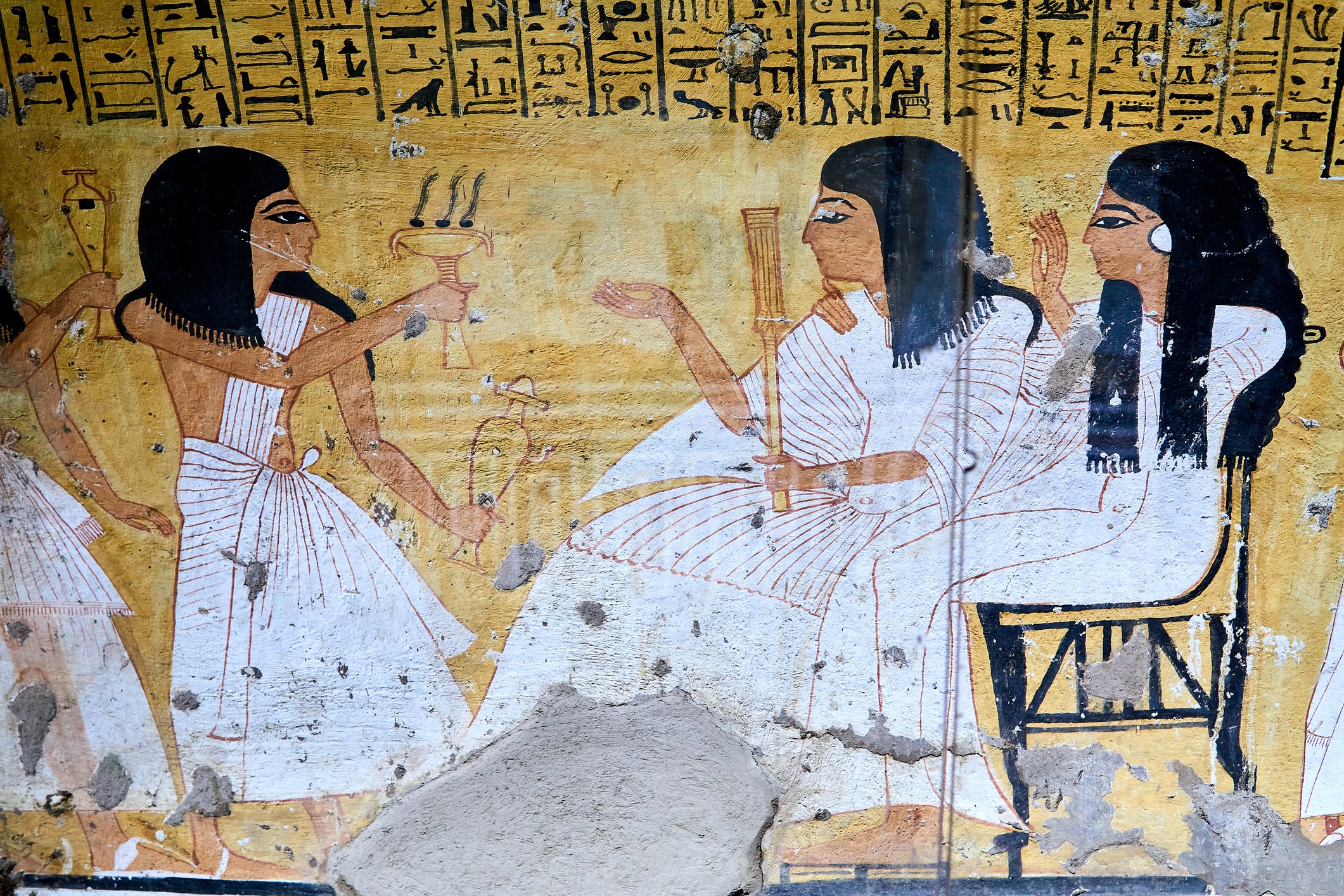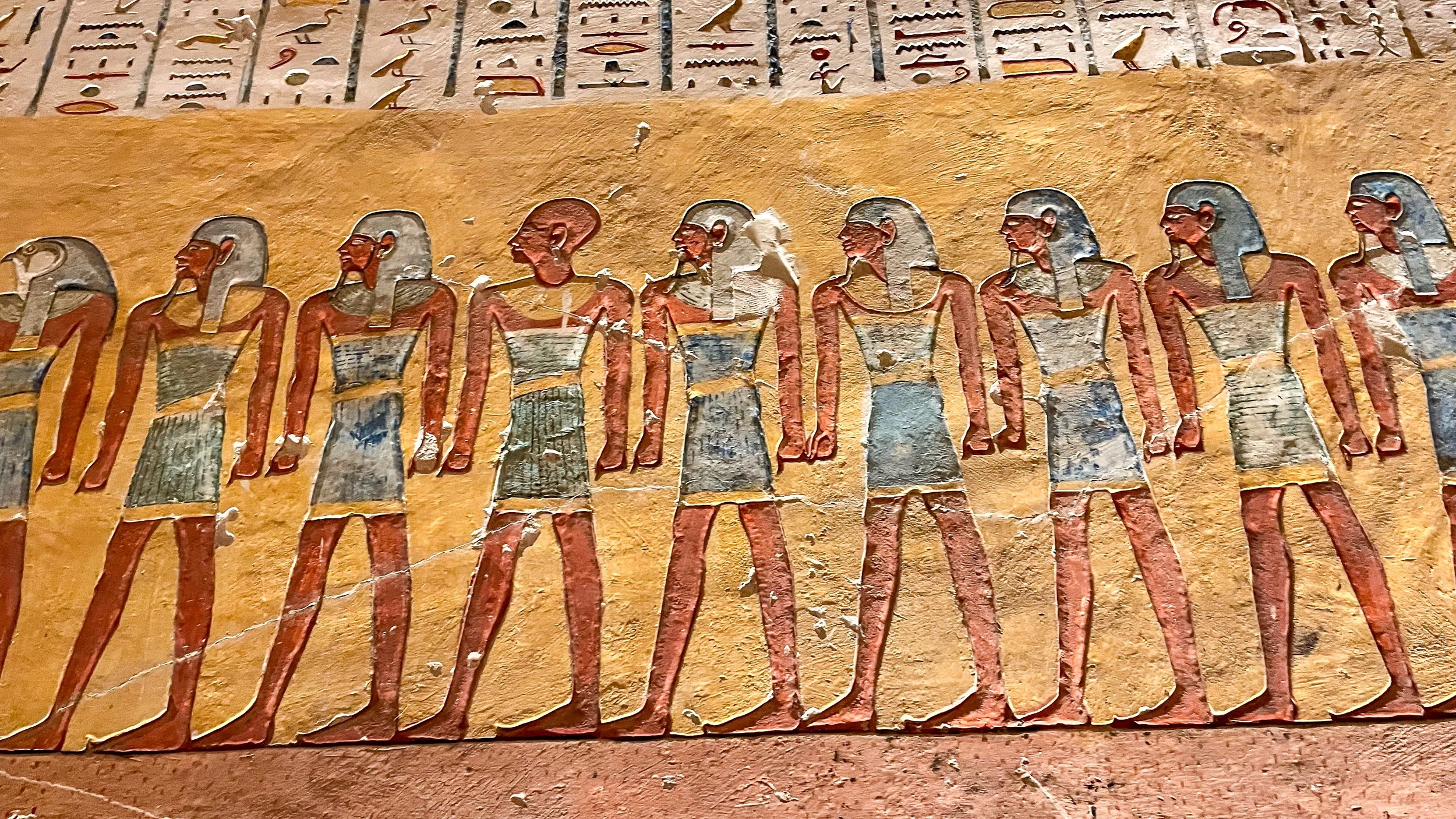Dressing Like a Pharaoh: Ancient Egyptian Fashion, Textiles, and Clothing
If you’ve ever gazed at a statue of an Egyptian queen or pharaoh and thought, “Wow, they really knew how to serve a look,” you’re not alone. Ancient Egyptian fashion wasn’t just about covering the body—it was about expressing status, spirituality, identity, and elegance. From lightweight linen tunics to elaborately pleated gowns, clothing in ancient Egypt was as thoughtful and symbolic as their temples and tombs.
And best of all? They were way ahead of their time when it came to sustainable fashion. (That’s right—linen, plant-based dyes, and long-lasting garments? The Egyptians were doing it before it was cool.)
So, let’s take a stroll along the Nile, dodge a crocodile or two, and peek inside the linen wardrobes of the ancient world’s best-dressed civilization.
The Fabric of the Nile: Linen, Linen, and... Linen
Let’s be real: linen was the Beyoncé of ancient Egyptian textiles. It was everywhere. Woven from flax fibers grown along the Nile, linen was lightweight, breathable, and perfect for keeping cool in the Egyptian sun.
The finer the linen, the higher your status. Nobles wore sheer, almost gauzy linens that flowed elegantly, while everyday folks had more practical, thicker weaves. But even those humbler outfits were well made. Egyptians took pride in clean, crisp clothing—laundering and pressing with hot stones to keep their garments looking fresh. They may not have had Tide Pods, but their laundry game was strong.
Who Wore What: Fashion by Class, Gender, and Occasion
In daily life, men typically wore wraparound kilts or shendyts, secured with a belt and often pleated for extra flair. As dynasties advanced, styles evolved—longer kilts, decorative aprons, and even shoulder-length garments for higher status individuals.
Women’s clothing ranged from simple sheath dresses (called kalasiris) to more elaborate, pleated gowns and bead-net overlays. Wealthier women had access to colored linens, embroidery, and plenty of gold jewelry to match. A queen might wear a finely pleated robe with long sleeves, gold-threaded fringe, and a crown or vulture headdress to top it all off.
Even children had their own styles, though younger kids often went without clothes until adolescence—practical in the heat and easier for running barefoot along the Nile.
Color, Cosmetics, and Personal Style
Though most surviving garments are pale from time and sun, clothing in ancient Egypt could be dyed in reds, yellows, and blues using natural pigments. However, white remained the most sacred and favored—symbolizing purity and connection to the divine.
Fashion was rarely just about looking good—it was about communicating something deeper. Color, texture, and accessories all conveyed rank, religious role, and sometimes even political messages. And let’s not forget cosmetics: both men and women used kohl eyeliner and ochre rouge to complete their looks—fashion and function, since kohl helped reduce glare from the sun and fend off eye infections.
Basically, they woke up, got dressed, and beat their face with a purpose.
Royal Threads: What Pharaohs and Priests Wore
Now for the real showstoppers: the royals and the priests.
Pharaohs didn’t just rule Egypt—they embodied divine power, and their wardrobes reflected that. Think ceremonial kilts with leopard skin cloaks, pleated linen tunics, and layers of gold and gemstone jewelry. Their crowns (yes, plural) were carefully chosen for the occasion—White Crown for Upper Egypt, Red Crown for Lower Egypt, and the Double Crown when flexing both.
Priests wore pure white linen and often shaved their heads for ritual cleanliness. Their garments were symbolic of their roles, and they were expected to be impeccably clean—both physically and spiritually—before entering the temples.
Whether standing before a crowd or a god, appearance mattered.
Footwear and Accessories: The Finishing Touches
Believe it or not, most Egyptians went barefoot—but when they did wear shoes, they opted for simple leather or woven papyrus sandals. Pharaohs and nobles had fancier versions, sometimes with gold or embossed designs.
And no look was complete without accessories. Necklaces, bracelets, belts, collars, rings—you name it, they wore it. Fashion and spiritual protection were intertwined, so you could be dripping in style and magical defense at the same time. Win-win.
Why Egyptian Fashion Still Resonates Today
Ancient Egyptian fashion wasn’t frivolous. It was intentional, meaningful, and beautifully executed. From their reverence for natural fibers to their emphasis on cleanliness and beauty, the Egyptians set the stage for timeless style with purpose.
Their commitment to appearance went beyond vanity—it was about balance, order, and aligning oneself with Ma’at, the divine force of harmony. Looking good wasn’t just a luxury. It was part of living a good, virtuous life.
Wrapping It Up
Whether it was a queen donning a sheer linen gown adorned with gold, or a farmer carefully tying his pleated kilt, fashion in ancient Egypt was a daily act of identity, devotion, and elegance. Their clothing choices—like their art, beliefs, and architecture—were carefully curated reflections of their world and the next one.
And if you’re itching to see these stunning styles brought to life, why not walk where they walked? With Kemet Spiritual Journeys, you can visit museums, tombs, and temples where these garments and accessories are still preserved in vivid detail.
Start planning your personalized adventure at kemetspiritualjourneys.com and see for yourself how fashion helped define one of the world’s greatest civilizations.





